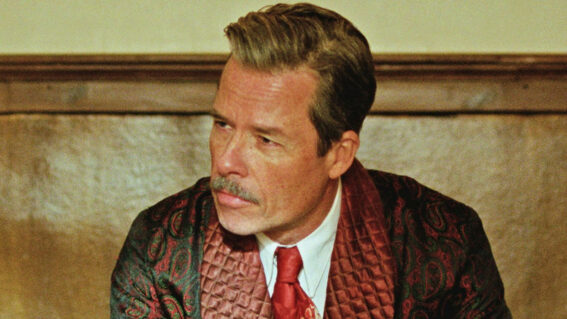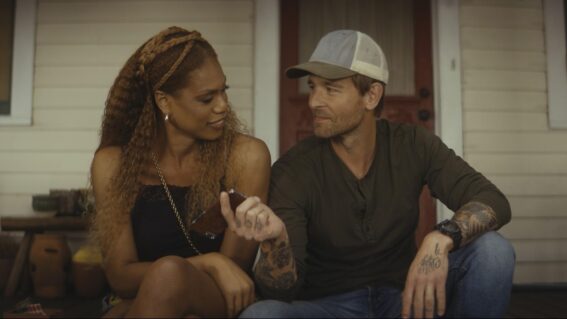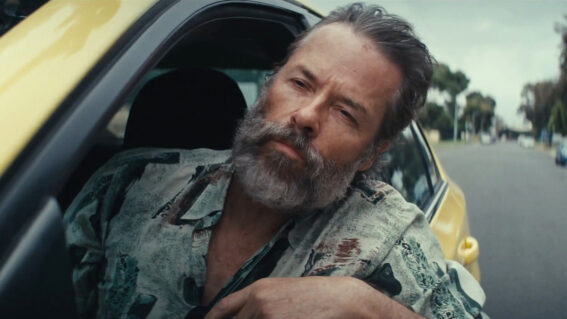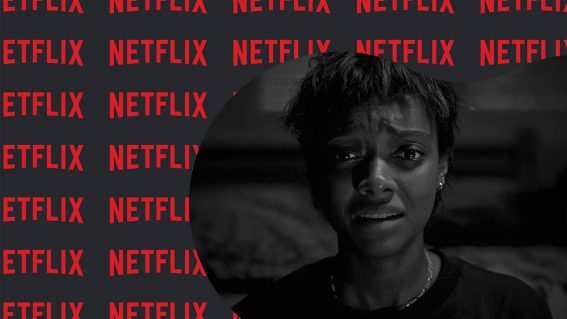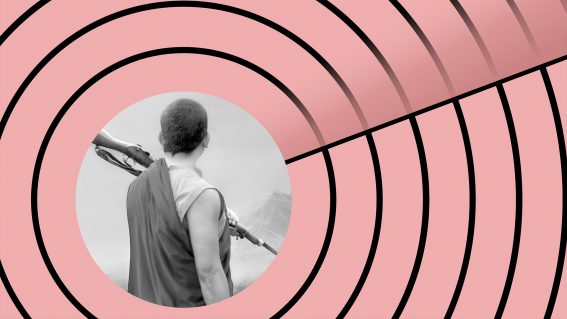Retrospective: 1996’s Barb Wire is just Casablanca but with Pam Anderson
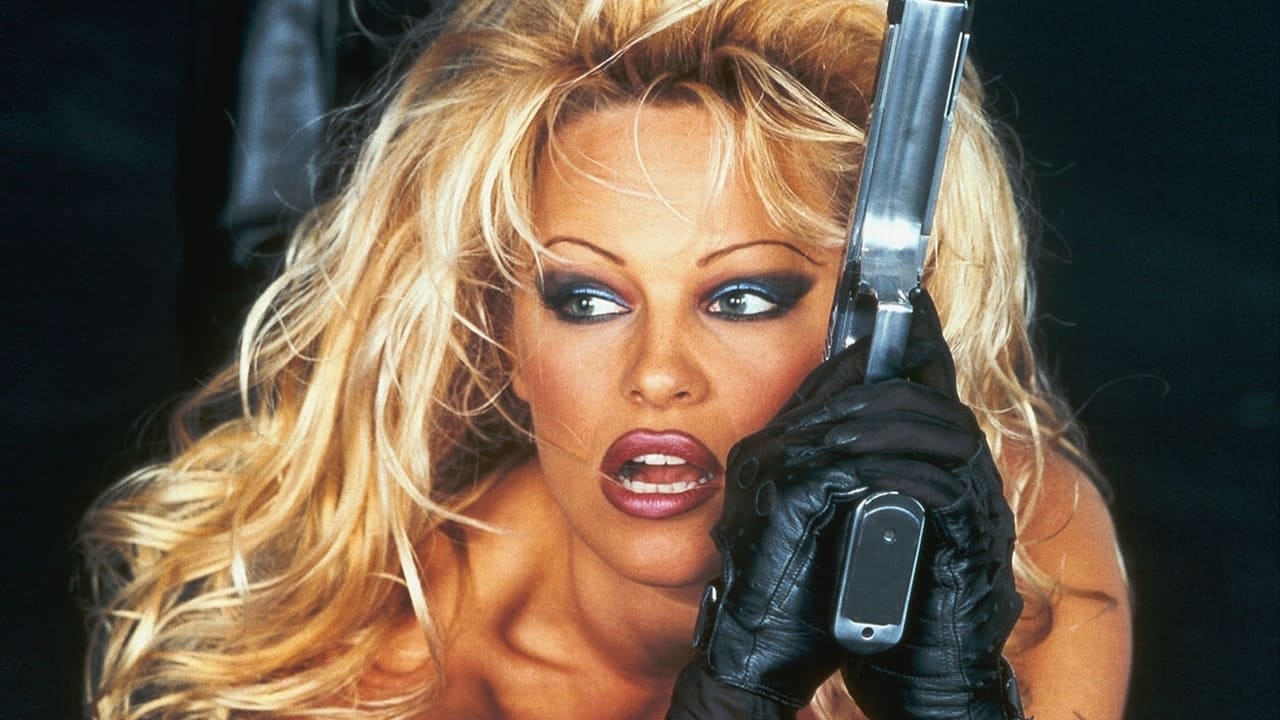
Don’t call her ‘babe’: Pamela Anderson’s character in the ridiculous Casablanca rip-off Barb Wire is tough as nails. But for Eliza Janssen, Anderson’s new documentary revealed a more meaningful side.
You know that movie about the hard-hearted club owner, who’s neutral to the violence of war around them, until an old flame rocks up asking for help in getting their new partner a passport to freedom?
No, I’m not talking about 1942’s Casablanca, you crusty old dweeb. I’m talking about its awesomer, boobier 1996 soft remake, the Pamela Anderson vehicle Barb Wire. Was Humphrey Bogart brave enough to open his wartime romance by swinging from a trapeze, barely clothed and soaking wet, to a hard rock cover of “Word Up”? I think not.
Instead of the smoky, mournful gambling den Rick’s Café Américain, Anderson’s mercenary/dominatrix/ex-freedom fighter runs seedy nightclub The Hammerhead: instead of Sam’s all-time great piano serenade “As Time Goes By”, we get some of the most awful nü-metal music you’ve ever heard.
Temuera Morrison plays the Ingrid Bergman part, but he’s not begging his badass ex for a simple passport. Because the film is, hilariously, set in the distant future of 2017, he instead needs a synthetic pair of contact lenses so his fugitive friend can trick a customs retinal scanner to leave the US with her cure for a dangerous, government-created strain of what I’ll call Super AIDS.
These trashy updates to one of the greatest Hollywood pictures of all time have made Barb Wire something of a cult classic: for any Gen X pervs who had a poster of Anderson (then credited as Pamela Anderson Lee) on their bedroom wall, or, I’d guess, drag and counterculture fans in awe of the 17-inch corset Anderson kicks and flips in. I keenly checked out Pamela: A Love Story, Netflix’s intimate new documentary on the legend herself, to find out how she viewed Barb Wire’s gutting and airbrushing of such a classic narrative.
Hitting play on the feature-length biographical portrait, Anderson is immediately more interesting and warm than her character in the 1996 flop. She knows it, too, admitting about an hour in that she still has “no idea what that movie is even about”: much like her even more infamous, non-consensually released sex tape, she’s never dared to watch it out of embarrassment. “I had the BWV”, she quips: “Barb Wire Voice, where I just had to talk really low. I thought, ‘my god, I sound terrible’.”
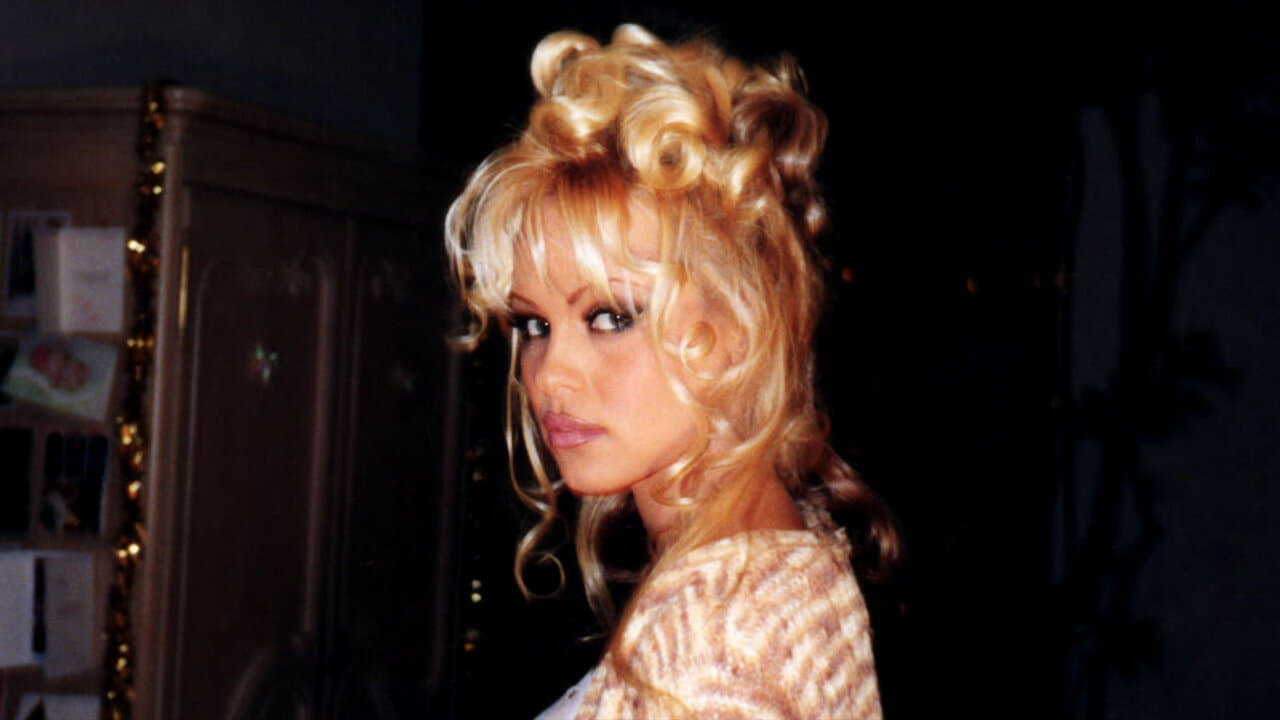
She is…not wrong. Where the actor is effervescent, warm, and self-deprecating, the comic-book adapted character she plays is the most faux-progressive stereotype of a Strong Female Action Hero: scowling, laughably capable, and above all willing to prove to us how hot she is. She rides a big chopper, has a cute attack dog named Camille who we see chomp on one guy’s nuts for a humourless 40 seconds, and spits out a zinger here and there, but her delivery of the film’s Mad Max-esque opening exposition is completely passionless.
It sounds like one of the lesser Kardashian/Jenners reading a telegram: “It was the middle of the second American civil war (stop). The year was 2017, the worst year of my life (stop). There was only one free city…what a shithole (end pose).”
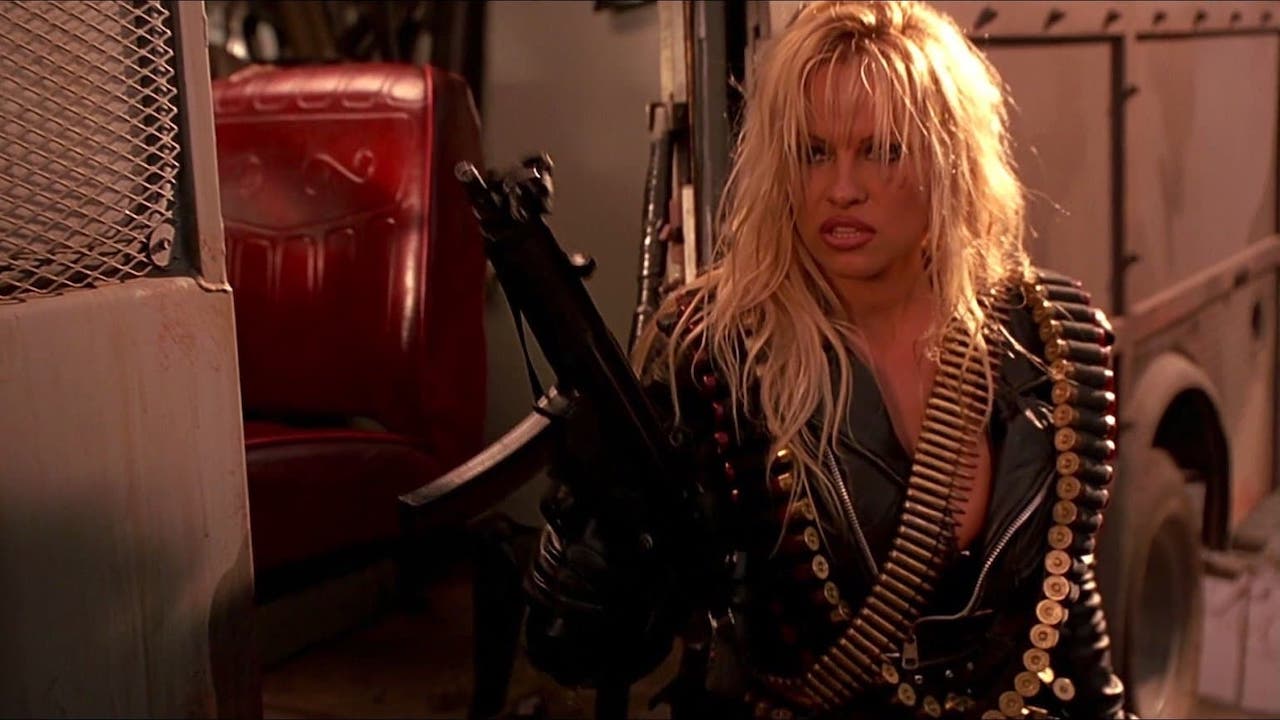
But after watching Pamela: A Love Story, it feels impossibly unfair to pin any of the failures of Pamela Anderson’s sole starring film role upon Anderson herself. She reveals that the tabloid-exploding debut of herself and Tommy Lee as a couple lead the studio to drastically change Barb Wire, perhaps moving away from Anderson’s somewhat more wholesome, promising Baywatch image to a more senseless rock ’n roll blancmange.
The reason audiences still love Casablanca is for its wise tale of lost love and Bogart’s redemption in the midst of a compelling anti-fascist plot. Those elements are completely mishandled in Barb Wire. Yep, there’s futuristic stormtroopers torturing information out of people and talking about the contact lens MacGuffin every three seconds…but why are the men killed with a shot to the head or skull electrodes, whereas their female captive is shocked to death by a cyberpunk bikini?
We’re told that Barb is heartbroken by the return of her lost lover who now desperately needs her help…but why do they only ever share one brief, interrupted moment of romance before never appearing alone together for the remaining 40 minutes of the film?
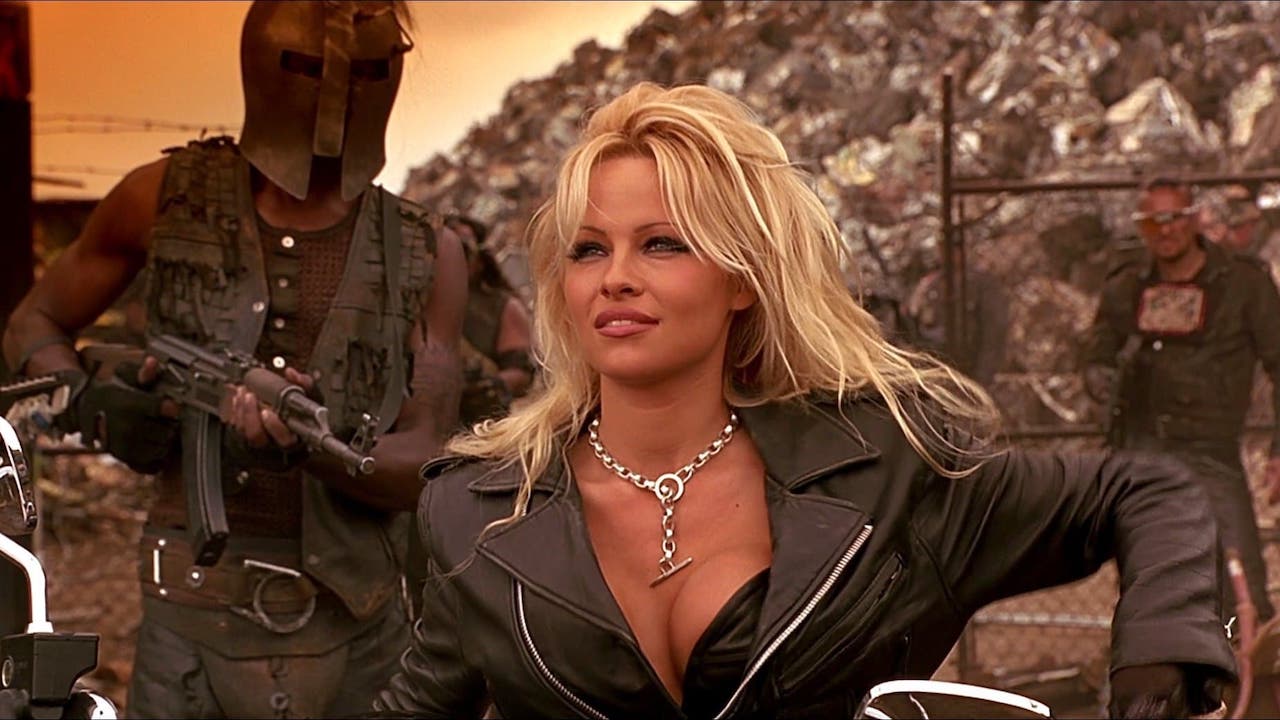
Anderson knows the answer. In Netflix’s doco, she gamely jokes that “my boobs have a career and I’m just tagging along. Wanna see them? No, I’m kidding.” Barb can’t have real feelings, or romance, or heroism, because the reason for her creation is to satisfy a nebulous us: the movie’s male director and producers, her slobbering fans, Tommy Lee, anyone that heard Pamela Anderson had been cast in her first movie and settled in for 98 minutes of poor acting and cleavage. Hell, even me, here to take the piss out of a film that’s immeasurably better than any just-as-flimsy vehicle for, say, Steven Seagal.
Rewatching Barb Wire and following it up with Pamela: A Love Story just made me wish Anderson was allowed to use more of her natural charm, confidence, and humour in her only headlining feature performance. But no: of all the male power fantasies in all of the strange remakes in all of Hollywood, she walked into this one.









